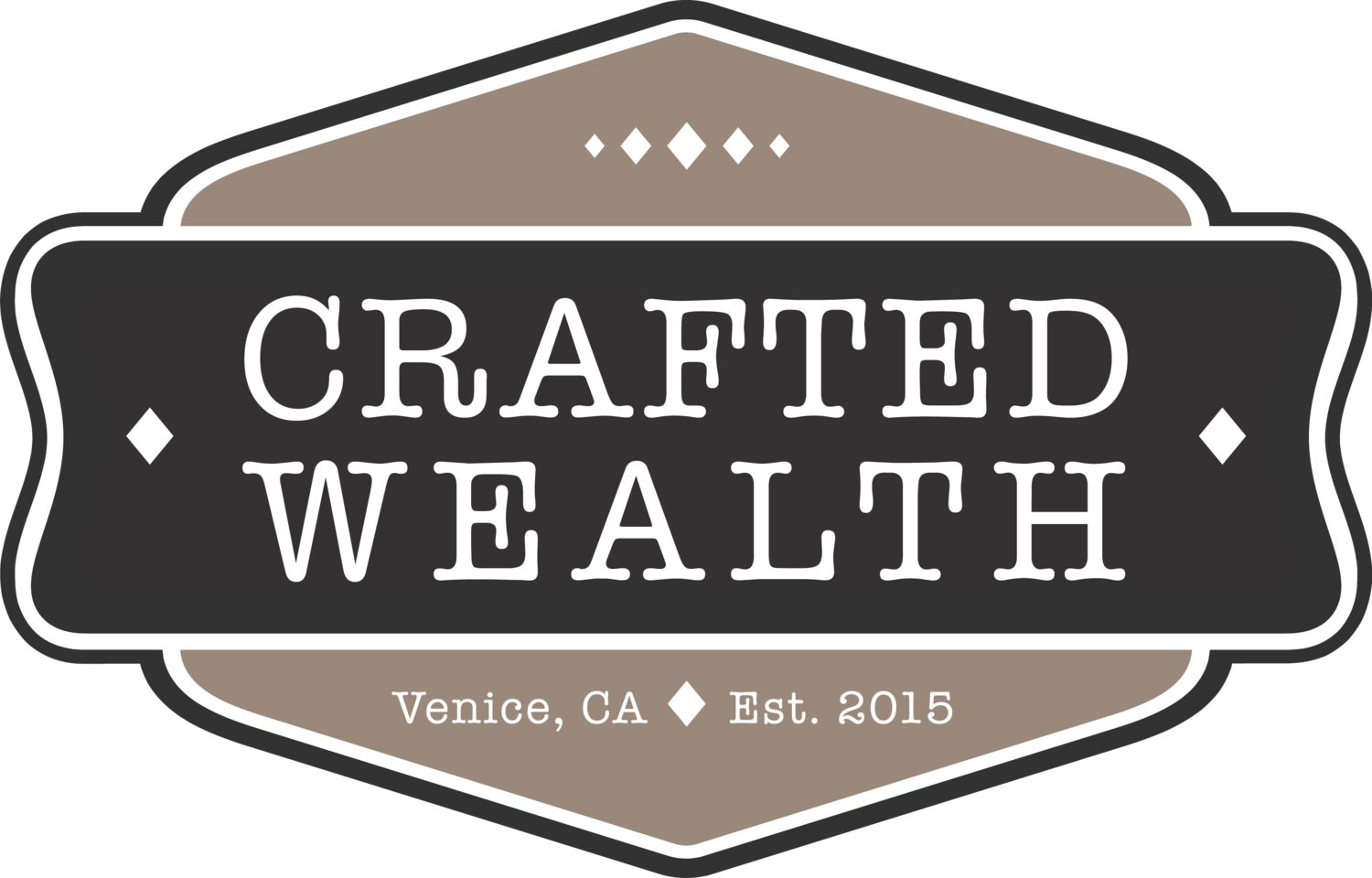You have probably heard that you should put your money into a Roth IRA, but why? Today I’m here to tell you why I love the Roth IRA and why you should consider it in your planning.
When you are building a savings plan for yourself you have a ton of options where to put your money. Most of you have your savings and checking and if you work with a larger company you may have access to a 401k. But what if you want to save more and do so in a tax-efficient manner?
Taxes...
The United States government has given you some powerful incentives to save for retirement. They incentivize retirement savings by allowing certain accounts to grow tax-deferred or tax-free. For many people, the default account type is a taxable account that is taxed on an annual basis. That means that your investment gets a haircut every year which is inefficient in the long run. When you earn interest in your savings account, you will receive a 1099 at the end of the year. You must add the income from your 1099 to your taxable income and pay tax on that. Gross, but reality. Fortunately, there are a few government incentives while saving through Roth IRAs, Traditional 401ks, and others.
In a Roth IRA, you earn a dollar, pay taxes on that dollar, contribute the difference, and then let your Roth IRA balance grow tax free. You are paying your taxes up front to get tax-free growth throughout your life.
In your Traditional 401k, you earn a dollar and can contribute that whole dollar into your 401k. Each dollar that you contribute (up to $18,000 for those under 50 and $24,000 for those over 50) will reduce your current year taxable income dollar for dollar. You skip upfront taxes, allow your full dollar to grow tax-deferred, and then your dollar is taxed when distributed in retirement. Your retirement distributions are taxed as ordinary income. The US government also REQUIRES you to take minimum distributions from your 401k starting at age 70.5. Currently, the Roth IRA doesn’t have that requirement.
Advantages to Roth IRA, pay tax now and get tax-free growth.
Advantages to 401k, lower your AGI, tax-deferred growth, pay tax in future.
Why this matters early on in your career...
While you are in your twenties you might be in the lowest tax bracket of your career. This means that your annual tax bill may be lower now than it will ever be! This gives you a STRONG incentive to start contributing to a Roth IRA before your earnings eclipse the limits. In 2016 you’re allowed full contributions of $5,500 or $6,500 after age 50 to a Roth IRA if your Modified Adjusted Gross Income (MAGI) is under $117k and you file Single or under $184k and you file Married Filing Jointly. For those with slightly higher incomes, they allow partial contributions with incomes up to $132k filing Single and $194k Married Filing Jointly. Since your Roth dollars are going into your account after tax, it’s best to do so when you aren’t paying much in tax in the first place.
Downsides...
Any money put into your Roth IRA is for retirement and investment gains/earnings can’t be accessed until age 59.5 without incurring a 10% penalty. That means that any short term spending goals you have shouldn’t come out of these accounts. However, you are allowed to take your contributions out tax and penalty free at any time and Uncle Sam allows you to take a distribution of earnings before age 59.5 for the following exceptions:
Exceptions. You may not have to pay the 10% additional tax in the following situations.
- You have reached age 59½.
- You are totally and permanently disabled.
- You are the beneficiary of a deceased IRA owner.
- You use the distribution to buy, build, or rebuild a first home which is limited to a max of $10k.
- The distributions are part of a series of substantially equal payments.
- You have unreimbursed medical expenses that are more than 10% (or 7.5% if you or your spouse was born before January 2, 1951) of your adjusted gross income (defined earlier) for the year.
- You are paying medical insurance premiums during a period of unemployment.
- The distributions are not more than your qualified higher education expenses.
- The distribution is due to an IRS levy of the qualified plan.
- The distribution is a qualified reservist distribution.
Where does it fit into your plan?
I always like to help clients diversify. This means taxation diversification just as much as owning a well-diversified portfolio. Truth is that we don’t know what the income tax rates will look like in the future. I still haven’t met anyone that is expecting to spend less money at age 65 than age 25. Knowing that, we can expect that someone with a larger lifestyle will pay more in taxes. This holds true even if rates stay the same! This means that for diversification purposes we will often want to see you spread your contributions among a 401k (especially if there is a match!), a Roth IRA, and a taxable account. You never know what sort of things life will throw at you and your job is to be prepared when that happens.
So why do I love the Roth IRA? Put simply, you pay taxes now while your tax rates are low and your money has a long time to grow tax-free! Definitely a win-win in my book.
PS: This is a really simple explanation and everyone’s own situations are unique. Please do your research before making contributions or reach out to me or a fellow fee-only CFP for tailored advice!

